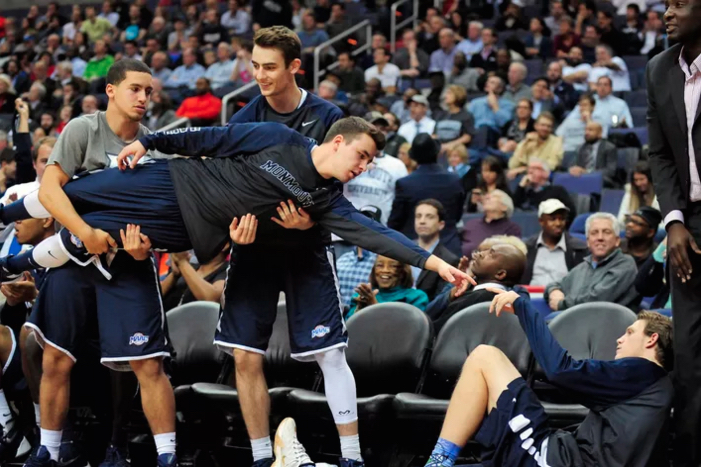Book Review

There is historical fiction. There are the literary cousins of memoir and family history. Then there is the canny, lyric hybrid Elizabeth Graver deploys in Kantika, the 2023 novel that tracks her own family’s 20th-century journey from Constantinople to America, by way of Barcelona and Havana. Don’t worry: Ellis Island and its many overworked tropes do not figure here. Those are generally reserved for Eastern Europeans and Ashkenazi Jews. Graver’s people are the decidedly Mediterranean, metropolitan and mercantile Sephardic Jews, first invited to the Ottoman capital by Sultan Bayezid II, in 1492, following the Christian Reconquista of Spain.
Four centuries on, the author introduces her great grandfather, the cultured, haute bourgeoisie owner of a textile concern, until he isn’t. After retooling his factory during The Great War, to produce military uniforms, the new Turkish government absconds with it. Or so Alberto Cohen tells his wife and children. Did Ataturk really take their livelihoods and social standing by eminent domain? Or did this charming-but-passive sensualist fritter or perhaps gamble it away instead? Such questions are rarely meted out for certain, not in real life, not within families, certainly not looking back across generations. Graver is unflinching in her fleshing and framing of such consequential gossip, yet the novelist can also absolve or blame or leave ambiguous all the saucy or ambivalent bits, pretty much at her whim. To the narrative’s great benefit.
And so Rebecca — our protagonist, the author’s maternal grandmother — decamps with her penniless relations for Barcelona, just as she comes of age. There she marries a largely absent dullard because four centuries on, in what would shortly become Franco’s Spain, Sephardic men are hard to find. She builds a business and bears two children, only to be widowed at 30. Her older sister, already emigrated to the U.S., makes her a speculative, trans-Atlantic match with another widower, Sam Levy, whom Rebecca meets in Havana. As a test. Twenty-four lusty hours later, they are married and aboard a boat bound for New York City.
Stories of American immigration tend to concentrate less on the old country, the conditions that obliged one to light out for the territory in the first place. I am grateful that more than half of Kantika is set abroad. Not everyone in a family might choose to emigrate, or is allowed to. Rebecca waits two years for her boys to join her in America, for example; her aged parents expire before their papers & passages are secured. What’s more, the ones who do manage to leave tend to self-select according to their strength of self, adventure and determination. To some extent, these metrics account for the can-do immigrant spirit that has, in large part, made the U.S. what it is. After the same fashion, it enabled and informed the distinct culture of the American West. In short, the sad sacks tend to stay home. The same goes for those immigrants who get dragged to a new world and never leave the old neighborhood. (In Greater Boston, where I grew up, they have a name for those folks: The Lace-Curtain Irish.)
There are plenty of sad sacks in the Cohen family, in any family, and this story does not ignore or pigeon-hole them. But Rebecca is determinedly bound not necessarily for bigger things but the next thing, all the while singing and cajoling, striving and faltering, dusting herself off and risking it all again. America and its celebrated dreams do not magically lift her blended family out of working-class hardship. In several not-insignificant respects, she was sold a bill of goods (by her sister!). Yet Graver still depicts Depression-era Queens and this new, extended family with a clear-eyed, richly detailed generosity, which feels deserved.
The Cohens and Levys will never be confused with the high society Sephardim of Steven Birmingham’s esteemed 1971 history, The Grandees. But neither did he create characters as earthy and captivating as Rebecca. Working in non-fiction, he didn’t create them at all. The humans who populate Kantika, while technically the fabrications of a novelist, nevertheless feel markedly genuine — because, in these pages, the reader recognizes them as actual historical figures, relatives and literary characters all at once. This genre Graver cleverly contrives here: It can’t be her own invention, can it? Either way, her sketches of fin de siècle life by the Bosphorus, the portraits of her great grandparents in particular, and the language of those newly arrived in Barcelona, then the boroughs of Gotham, all ring very true. As do the black & white photographs that headline the chapters. I took the time to study each one, delighting in my recognition of these blood relations we’ve come to know via the unfolding drama. These components and others all deliver such splendid narrative impact because, it seems to me, they strike the reader as more authentic and intimate than mere details in a work of fiction, while never succumbing to the gloss of memoir or family history. Because the author is clearly moved by the epic sweep of this tale, so are we.
The word “kantika” means “song” in the old Judeo-Spanish language of Ladino, the accent of which Rebecca never shakes. One imagines that Graver herself — a Boston College professor whose 2013 novel, The End of the Point, was long-listed for the National Book Award — was enthralled by her grandmother growing up. And perhaps a bit intimidated by such a robust, borderline domineering, still-rather-foreign figure. Graver and I attended Wesleyan University together in the mid-1980s; we didn’t really know each other, but we did share several English classes. Perhaps the cynical, white-bread nature of the New England small college initially led her to dismiss as mere mythos her grandmother’s literary potential. Credit the free-thinking Jesuits in Chestnut Hill and maybe a tenure track for leading her back to subject matter, a legit heroine’s journey, that was there all along.










